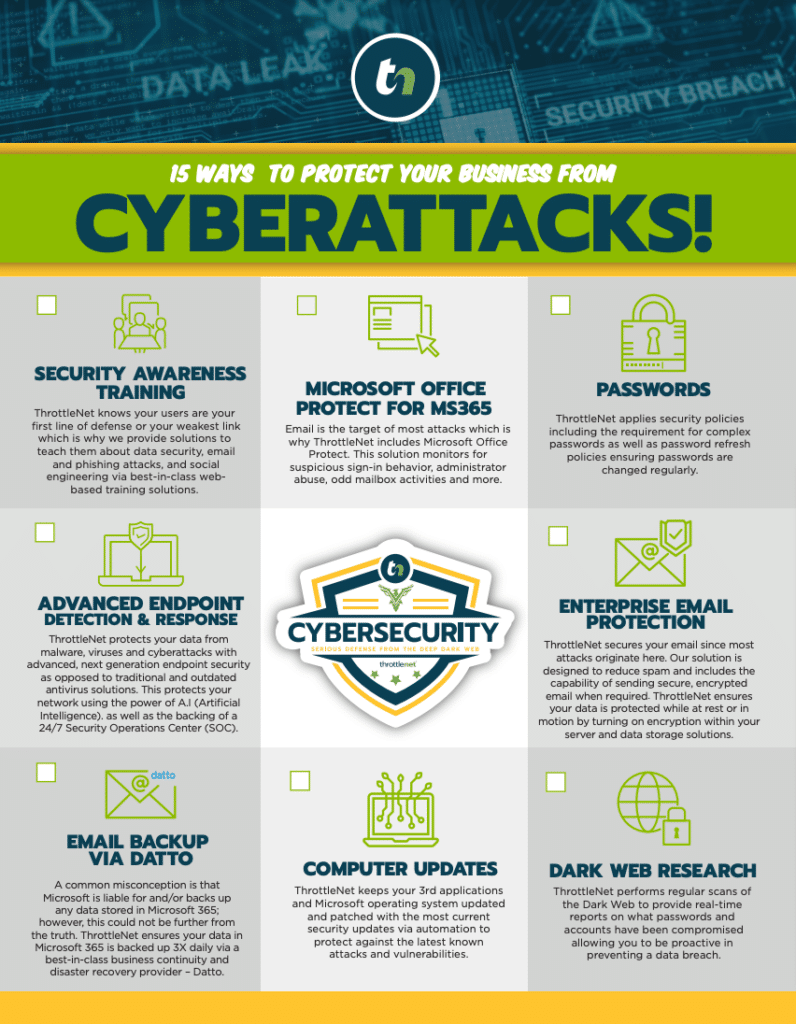The risks of IoT devices have grown alongside their popularity, as the Internet of Things (IoT) continues to revolutionize the way we live and work. From smart thermostats and security cameras to connected appliances and industrial sensors, IoT devices offer convenience, automation, and efficiency. But as more businesses and households plug into these smart tools, they’re also exposing themselves to a growing and often overlooked threat: cyberattacks targeting IoT devices. Understanding the risks of IoT devices is essential to protecting your systems and data.

What Are IoT Devices?
IoT devices are physical objects embedded with sensors, software, and network connectivity that allow them to collect and exchange data. These devices can operate independently or communicate with other systems in real time — without human intervention.
Common IoT devices include:
- Smart security cameras and doorbells
- Connected HVAC and lighting systems
- Smart TVs, speakers, and appliances
- Industrial controls and sensors in manufacturing
- Medical devices and wearables
- Fleet tracking and GPS systems
In business environments, IoT is used to monitor operations, optimize energy usage, track inventory, and automate processes. But each connected device is a potential entry point for cybercriminals — and a major part of the growing risks of IoT devices that organizations must address.
The Cyber Risks of IoT Devices
While IoT offers huge benefits, it also presents serious security risks, especially when not properly managed or secured. The risks of IoT devices are multifaceted and can lead to significant business disruptions, data loss, and compliance issues.
- Weak or Default Passwords
Many IoT devices are shipped with simple, factory-set login credentials — and users often forget to change them. These are easy for attackers to exploit using automated brute-force attacks. - Lack of Regular Updates
Some IoT manufacturers don’t provide regular software updates or firmware patches. This leaves devices vulnerable to known exploits that attackers can easily find and use. - Limited Built-In Security
Unlike traditional computers or smartphones, many IoT devices lack advanced security features such as firewalls, encryption, or antivirus capabilities. - Network Exposure
IoT devices often operate on the same networks as critical business systems. If compromised, they can be used as steppingstones into more sensitive parts of the infrastructure. - Data Privacy Risks
IoT devices often collect and transmit sensitive data — from customer behavior to employee movements. If it is not properly secured, this data can be intercepted or stolen.
What’s the Real-World Impact of an IoT Attack?
An IoT attack isn’t just a technical glitch — it can have real and costly consequences:
- Ransomware infections using IoT as an entry point
- Surveillance and privacy breaches through hacked cameras and microphones
- Operational disruptions in manufacturing, healthcare, and logistics
- Data theft involving customers or business-sensitive information
- Damage to brand reputation and loss of customer trust
- Regulatory fines for non-compliance with data protection laws
In 2016, the infamous Mirai botnet attack hijacked thousands of IoT devices with weak credentials and launched one of the largest DDoS attacks in history. And that was nearly a decade ago — the risks of IoT devices have only increased in complexity and scale since then.
How to Secure Your IoT Devices
Here’s how you can proactively protect your organization from IoT-related cyber threats and minimize the risks of IoT devices:
- Change Default Credentials
Immediately change factory-set usernames and passwords on all IoT devices. Use complex, unique credentials and store them securely. - Keep Firmware and Software Updated
Regularly check for updates from device manufacturers and apply them promptly. Consider choosing vendors that offer ongoing support. - Segment Your Network
Place IoT devices on a separate network from your core business systems. This limits the damage if a device is compromised. - Disable Unused Features
Turn off unnecessary services (e.g., remote access, Bluetooth) to reduce attack surfaces. - Monitor Device Activity
Use network monitoring tools to detect unusual traffic or behavior from IoT devices, such as unexpected communication with external IPs. - Implement Device Inventory Management
Keep an up-to-date list of all IoT devices, including location, purpose, and security status. - Use Encryption and Secure Protocols
Ensure that data transmitted by IoT devices is encrypted and that devices use secure communication protocols (e.g., HTTPS, TLS).
IoT devices are here to stay — and their use will only grow. But with increased connectivity comes increased risk. Recognizing the risks of IoT devices is a crucial first step toward protecting your business. By taking the right precautions now, you can enjoy the benefits of smart technology without compromising your security.

Chris Montgomery
ThrottleNet Sales Director
[email protected]



